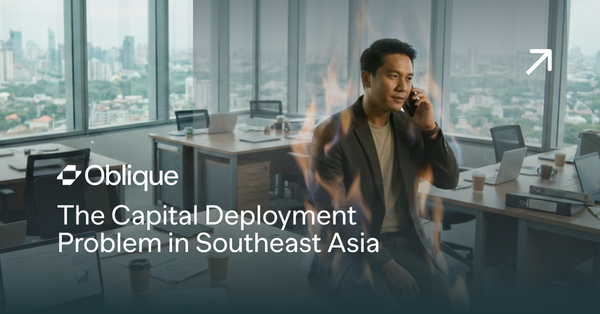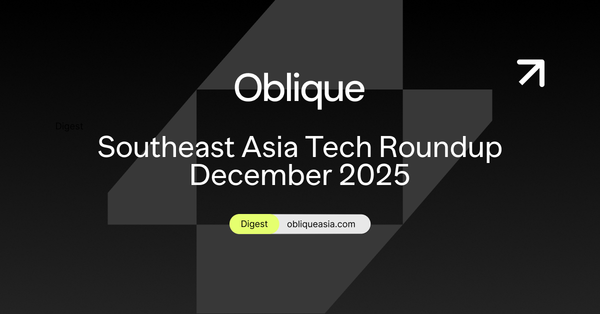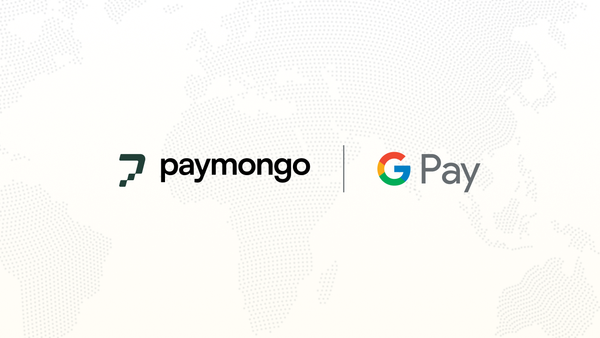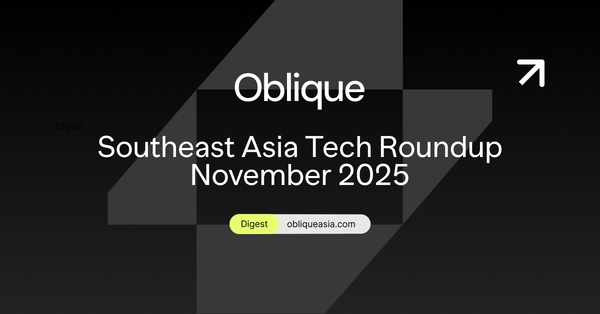Embedded Finance and BaaS: The $242B Opportunity Nobody’s Talking About
Southeast Asia’s biggest platforms are becoming fintech companies—without the licenses. Thanks to BaaS and embedded finance APIs, financial services are now being built directly into rides, checkouts, and SaaS tools across the region.
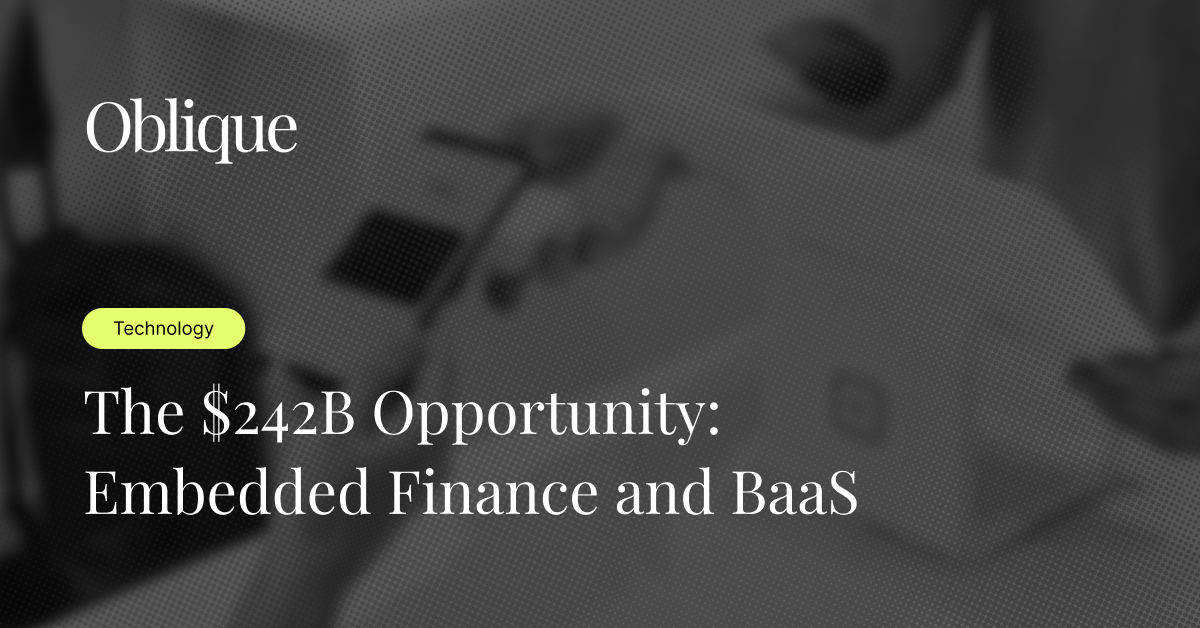
The next wave of fintech in Southeast Asia won’t come from standalone apps—it’ll come from the platforms we already use every day.
From ride-hailing to e-commerce to logistics tech, financial services are being embedded directly into platforms, not bolted on as afterthoughts. Think credit at checkout, real-time disbursements for delivery riders, or insurance offers within booking flows.
This isn’t speculative. Embedded finance in Southeast Asia is already unlocking a $242 billion opportunity—and the biggest platforms are quietly building toward it.
What Embedded Finance Looks Like in Southeast Asia
In Southeast Asia’s platform economy, financial services aren’t a feature—they’re a moat.
- A ride-hailing platform can offer instant salary advances to drivers.
- A B2B marketplace can embed working capital loans for SME buyers.
- A vertical SaaS tool can launch a co-branded card, insurance, or wallet.
And crucially: these services don’t require the platform to become a regulated financial institution.
Thanks to Banking-as-a-Service (BaaS) APIs, you can integrate credit, deposits, disbursements, and insurance into your UX without owning a license. The infrastructure stack—led by regional aggregators and cloud-native banks—handles compliance, processing, and rails.
This is what embedded finance means in practice:
- Invisible: Users don’t leave the app or think about “payments”
- Contextual: Offers are triggered by behavior (e.g., repeat orders)
- Composable: Platforms mix and match financial features via APIs
Regional Success Stories
Cake by VPBank (Vietnam)
Originally launched as a digital bank, Cake evolved into an embedded finance provider by linking accounts to ride-hailing, e-commerce, and wallet ecosystems. Its deep integration into daily use cases gives it a data advantage—and sticky users.
UNOBank + Trusting Social (Philippines)
UNO partners with Trusting Social to offer credit based on telco and behavioral data, enabling underbanked users to access financing directly through platforms they already use.
Bank INA (Indonesia)
By partnering with e-commerce and ride-hailing platforms, Bank INA enables embedded savings, insurance, and lending without ever owning the user relationship directly. It’s banking-as-a-backend.
These aren’t side projects. They’re full-stack financial ecosystems, running quietly inside everyday apps.
The BaaS Value Chain: Who Wins and How
Here’s how embedded finance gets built behind the scenes:
- License holders (banks, EMI licensees) provide the regulated layer
- BaaS providers (like PayMongo, Brankas, Finverse, Finastra) wrap this into APIs
- Platforms (marketplaces, SaaS, logistics) embed it into UX flows
- End users (merchants, consumers, riders) get financial services without friction
This stack unbundles and reassembles banking. It shifts power away from traditional gatekeepers and toward distribution.
What makes this powerful in Southeast Asia:
- Platforms have distribution scale but not licenses
- BaaS players have infrastructure and compliance but not UX
- Banks have regulatory access but not developer DNA
BaaS is the bridge. APIs are the glue.
Why APIs, Not Licenses, Will Win
Startups often overestimate the value of holding a license. But in a region as fragmented and heavily regulated as Southeast Asia, speed comes from orchestration, not ownership.
- Licenses are expensive, slow, and jurisdiction-bound
- APIs are fast, composable, and cross-border by design
- Embedded fintech lets platforms become financial distributors—without becoming banks
The most agile companies in the region are those that treat financial services not as a vertical, but as a horizontal capability they can deploy where needed.
Final Takeaway
If you're building a platform in Southeast Asia, fintech isn’t a side hustle—it’s your growth engine. And the best part? You don’t have to build it from scratch.
With the right API partners, you're already in the finance business.
